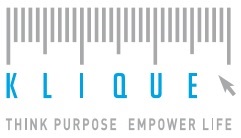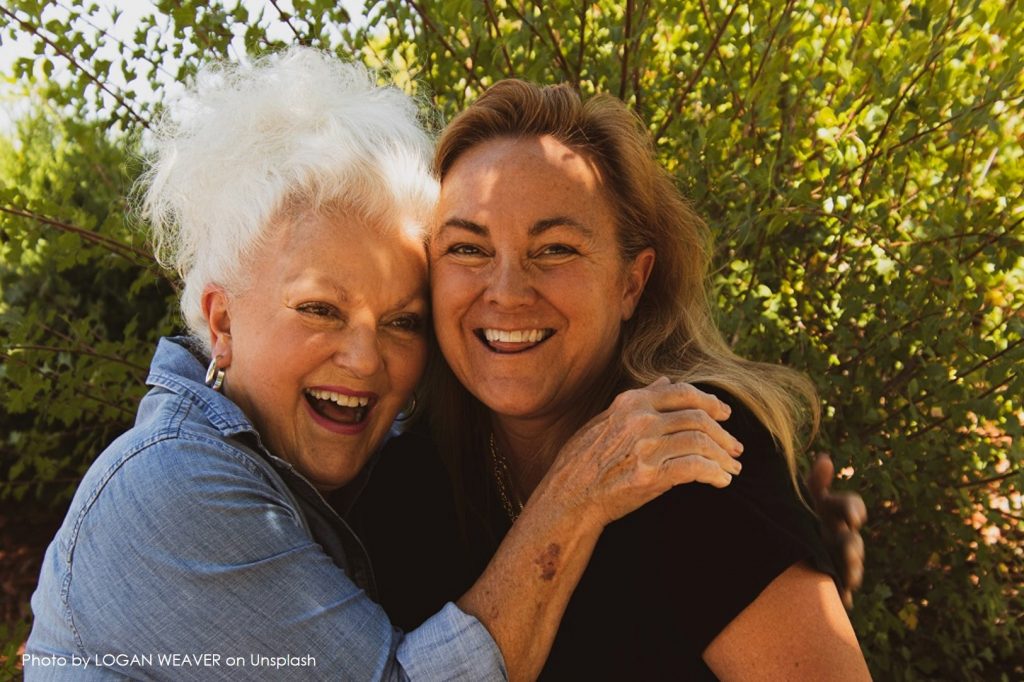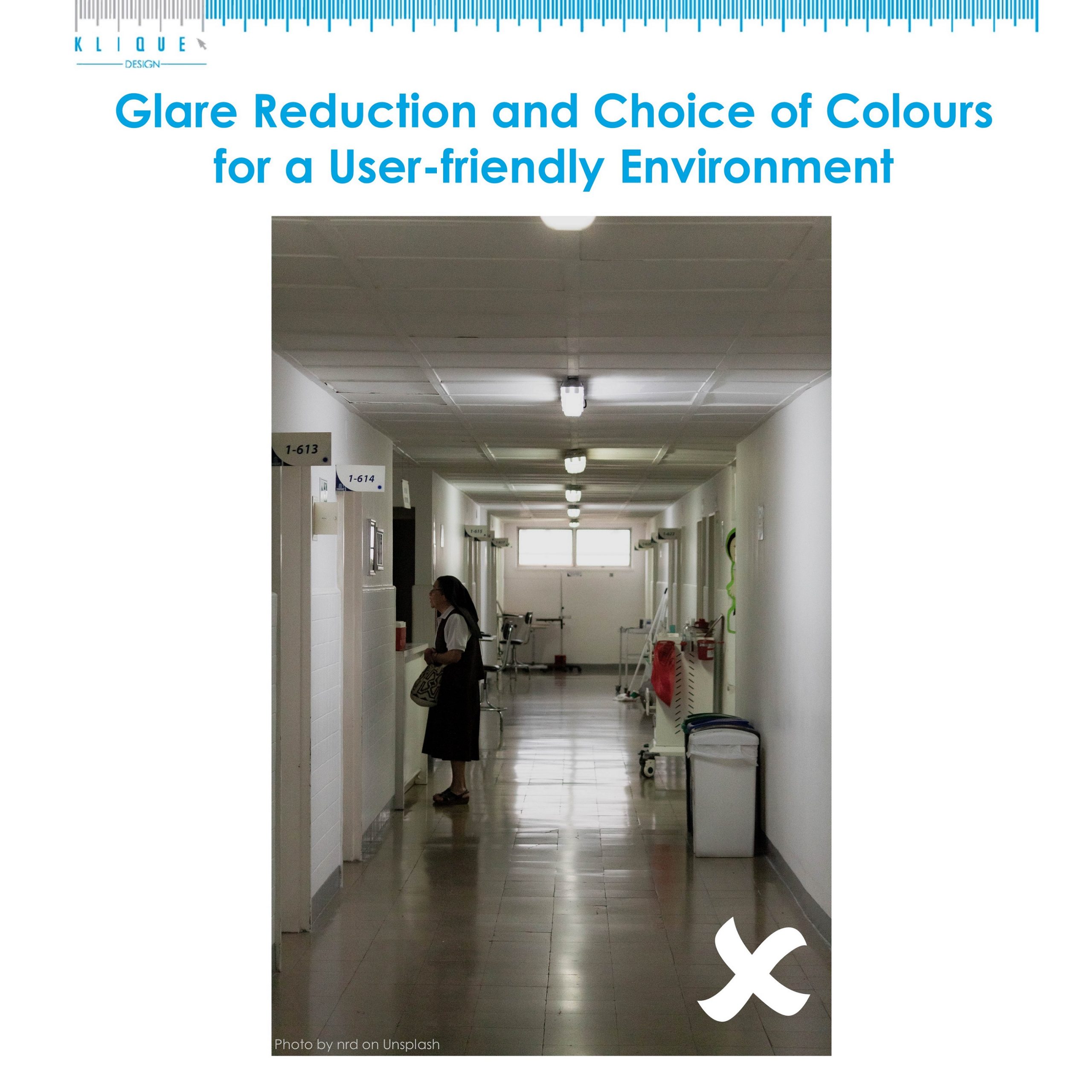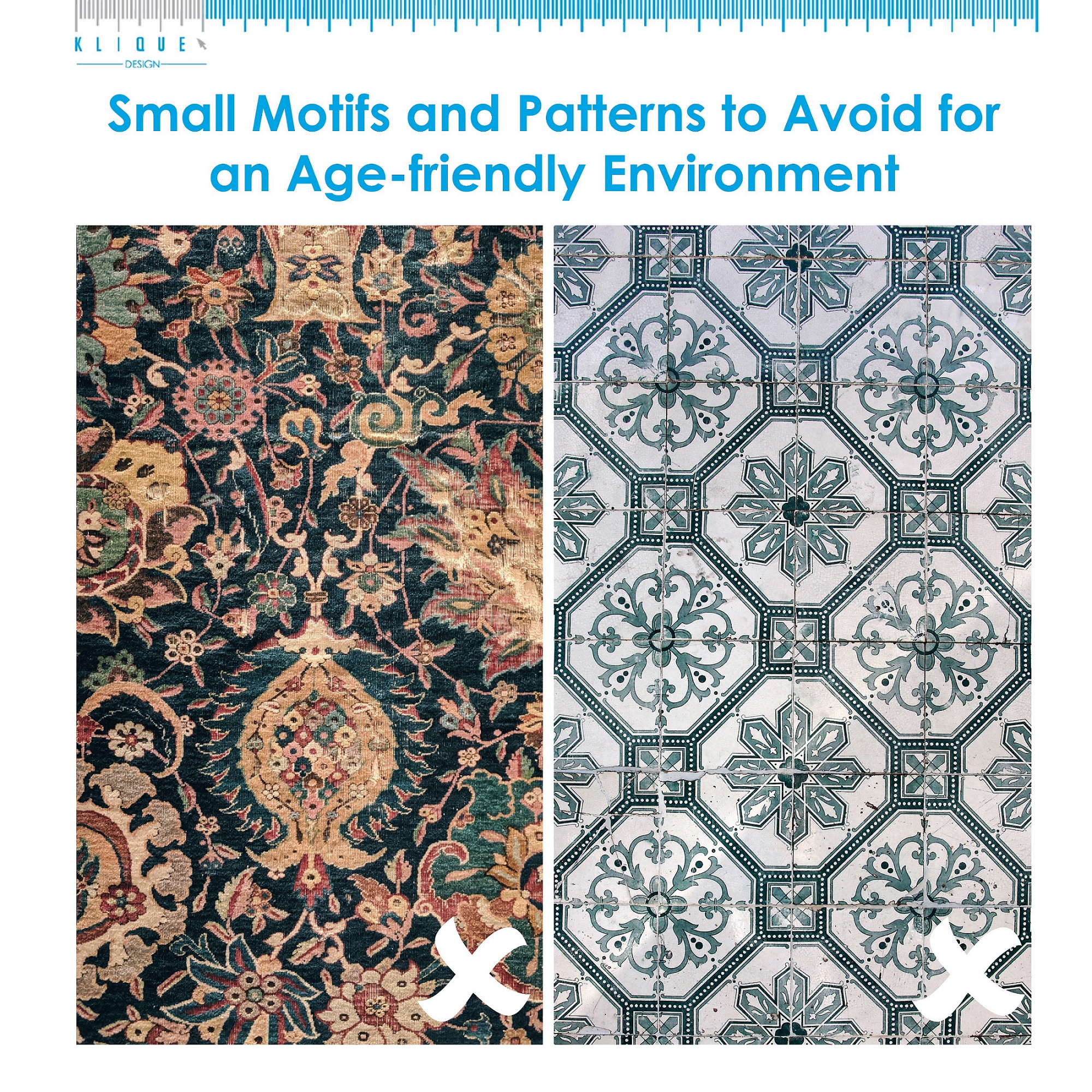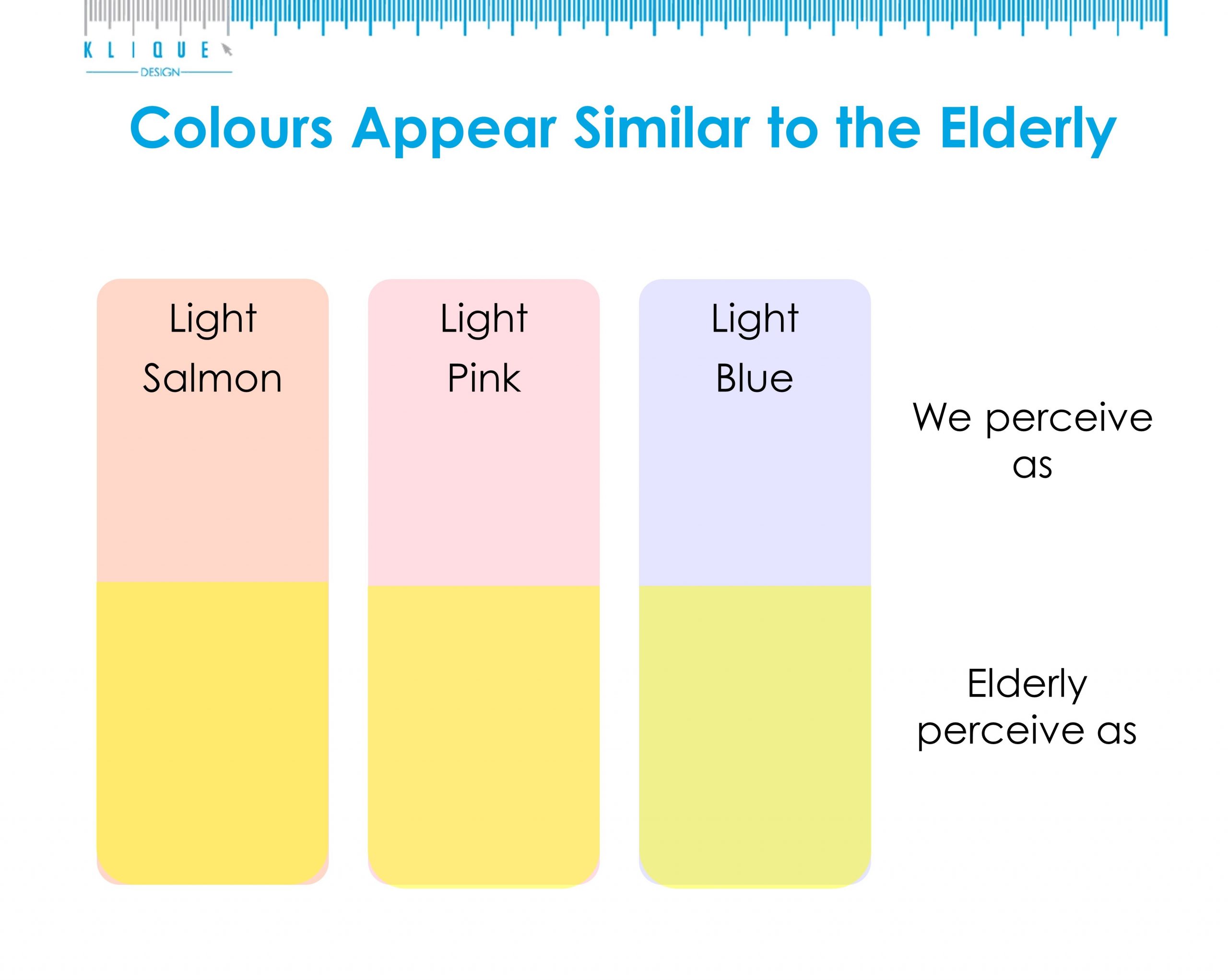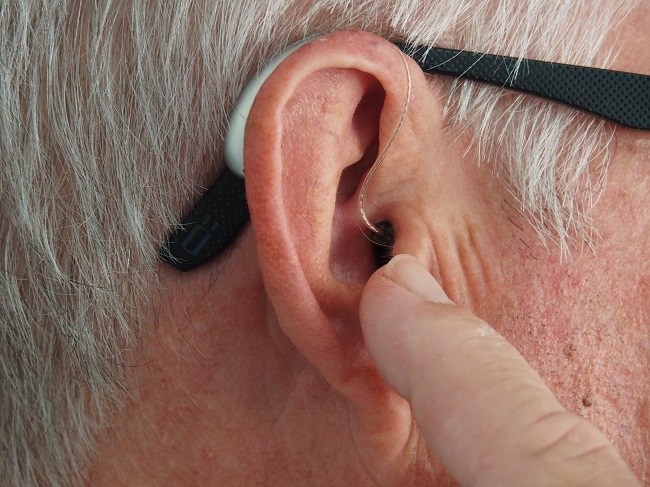
Imagine it is your 80 years old birthday today. You have your children and grandchildren celebrating your birthday with you. You see that they are chit-chatting and laughing. But, you can hardly hear clearly, neither you can see clearly because of your ageing.
You hope that your children can share with you what they are doing, talking or laughing about. You wish that you can join them, taking part actively in the conversation. You ask your daughter what they are laughing about. And she answers, “Well mom, that’s nothing important, I will tell you later.” But you know, the “later” will never come. Continue reading “More Empathy, Less Loneliness”
